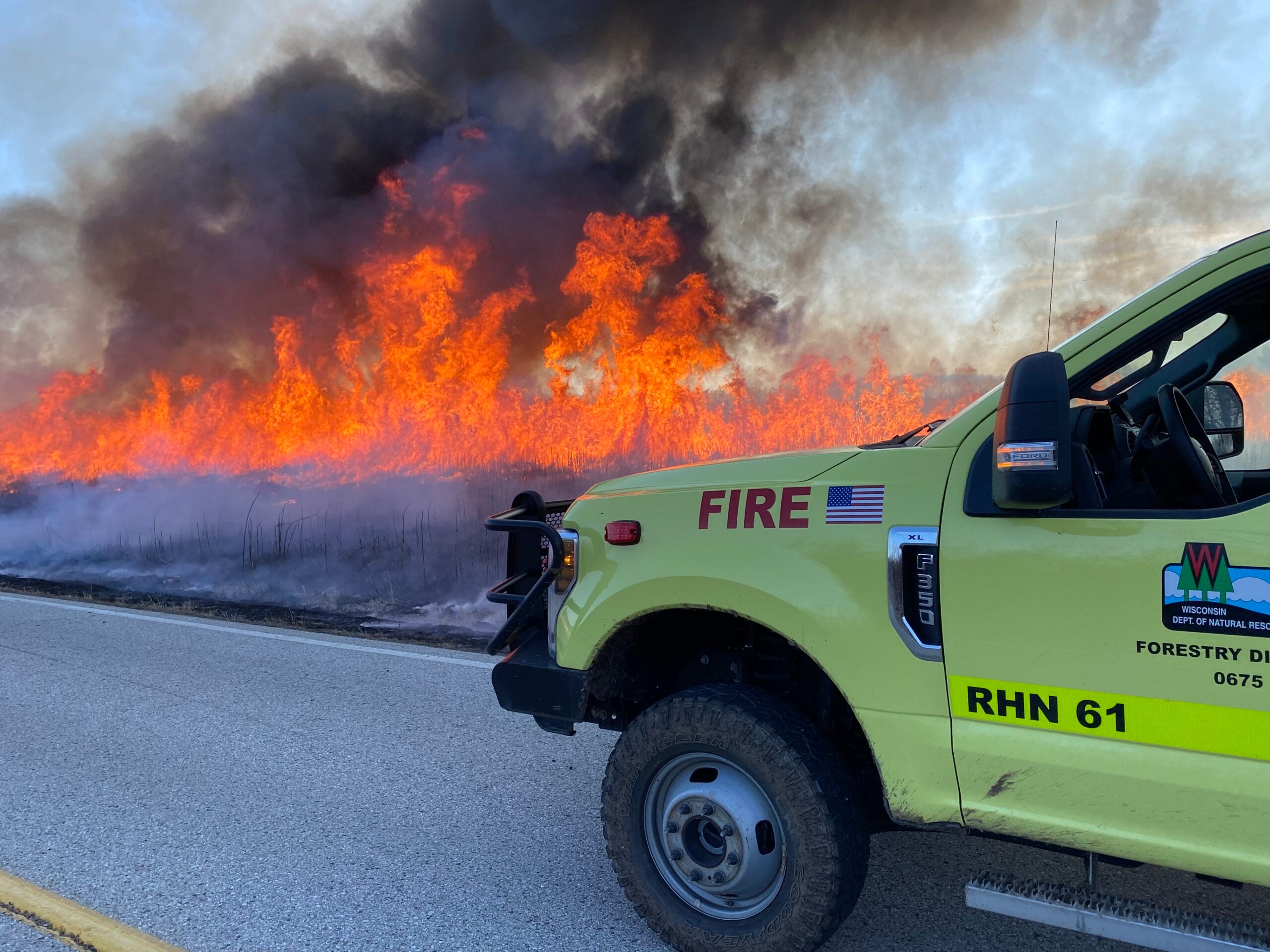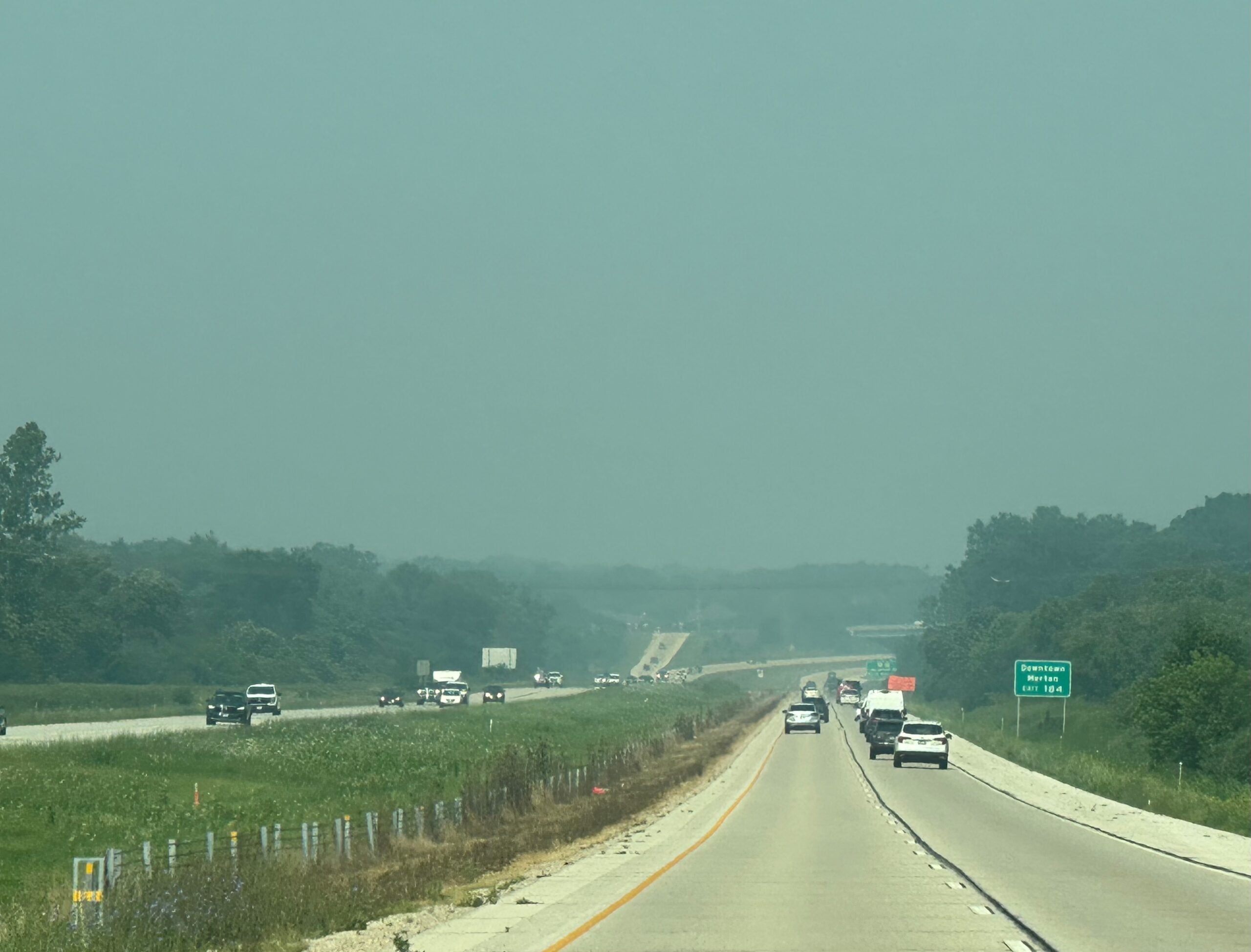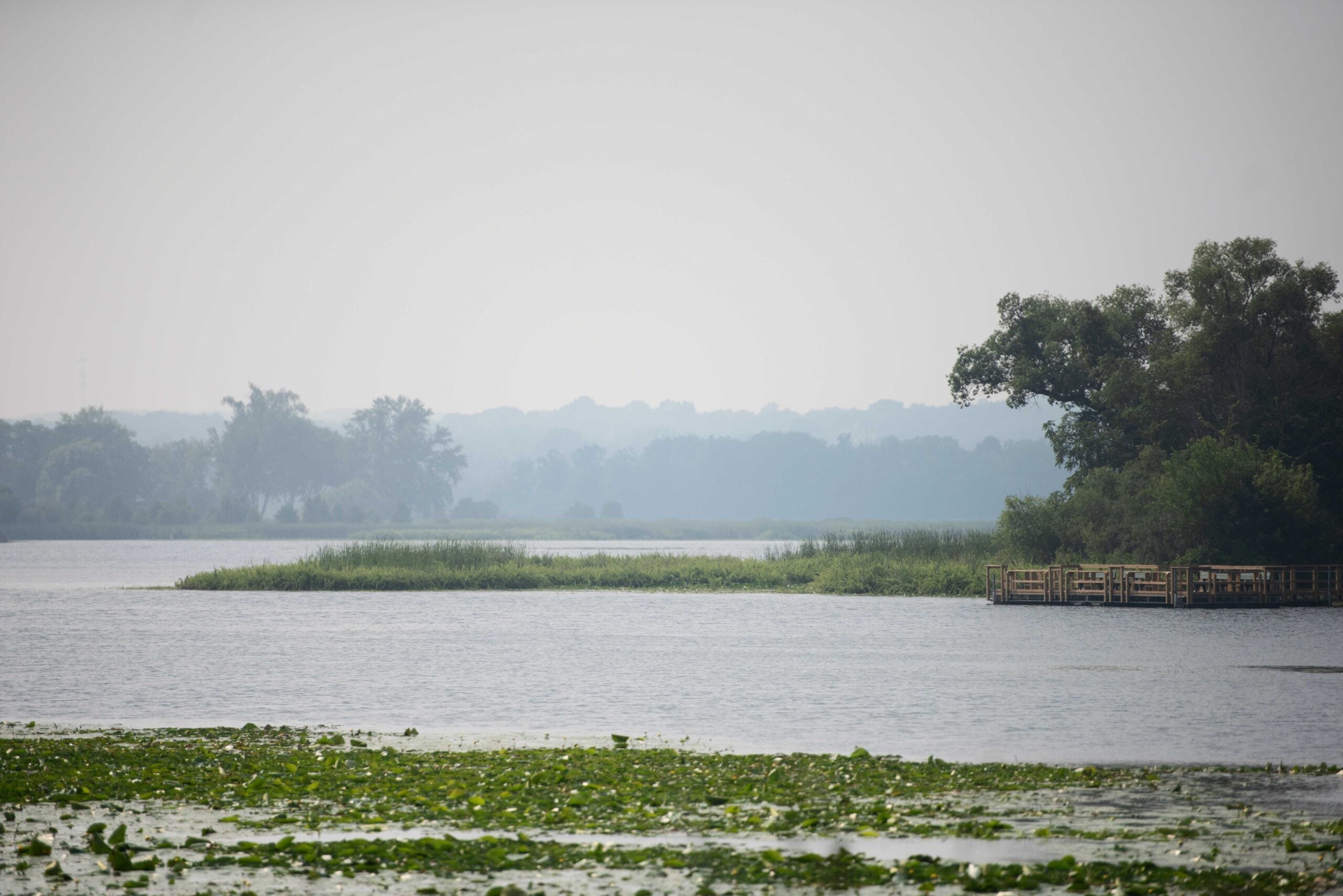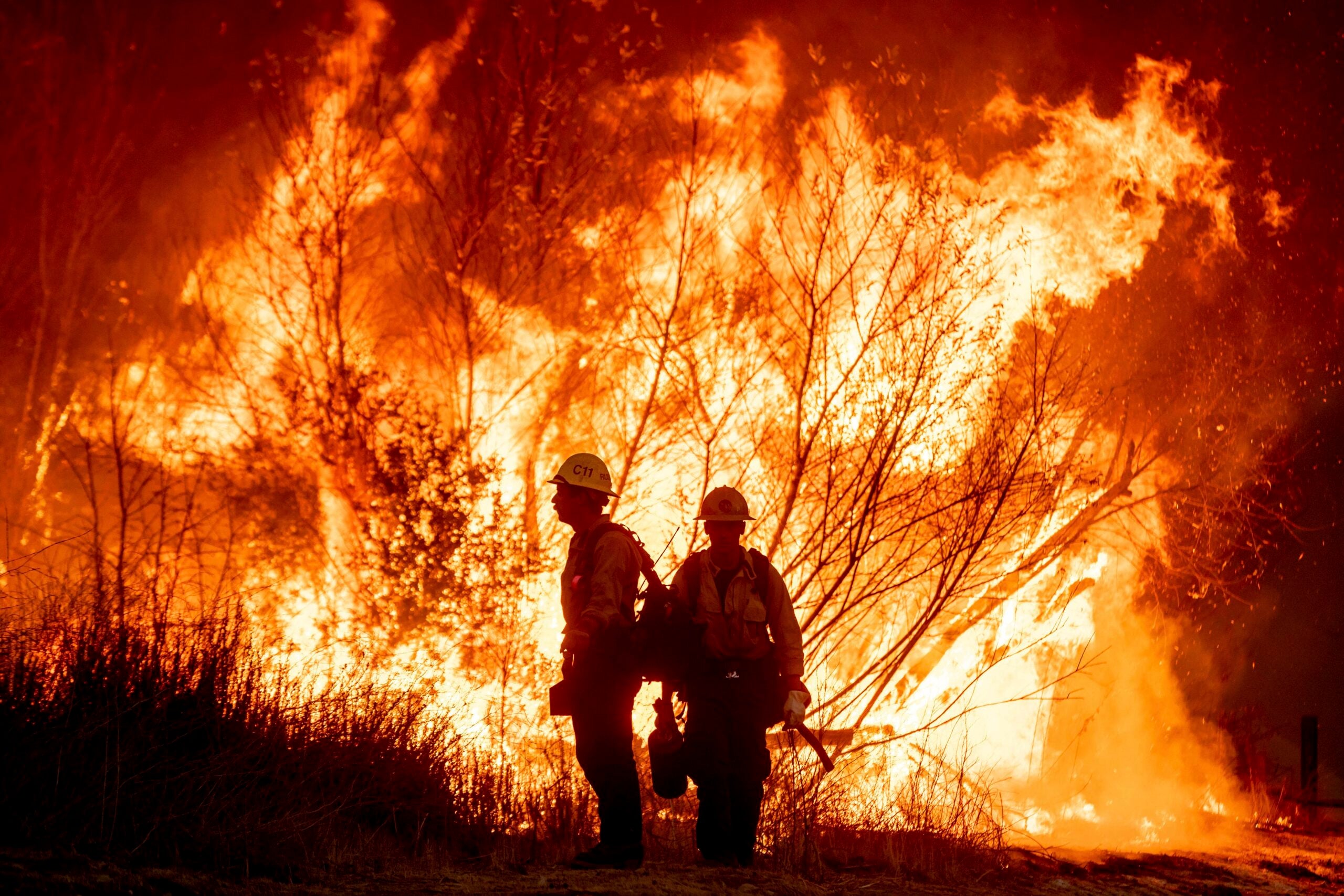On a windy March day, a large black plume of smoke filled the sky above the White River Marsh State Wildlife Area in south central Wisconsin.
It was a wildfire.
When Doug Dewhurst, interim chief for the Berlin Fire Department, approached the blaze, he could tell it spanned a few acres. He told WPR’s “Wisconsin Today” that he and some volunteer firefighters were first to the scene of what the state Department of Natural Resources later dubbed the “big island fire.”
News with a little more humanity
WPR’s “Wisconsin Today” newsletter keeps you connected to the state you love without feeling overwhelmed. No paywall. No agenda. No corporate filter.
“We had flames anywhere from 10 to 30 feet tall at times,” he said. “We’re also calling our neighboring departments for equipment to help.”
For nearly eight hours, the Berlin Fire Department, 12 other local fire departments, the U.S. Fish and Wildlife Service, DNR forest fire officials and air patrol worked to contain the blaze near County D in Berlin.
“We knew we had to try to do our best to stop it so it wouldn’t jump the highway,” Dewhurst said.
The blaze spread across 750 acres of marsh, according to the DNR. State and local fire officials explained their process for fighting such a fire and said what to expect during the spring.

What it took to bring down this blaze
DNR Forestry Supervisor Lucas Schmidt of Waupaca, which is 40 miles north of where the fire was, led on-the-ground command efforts alongside Dewhurst.
Schmidt said fire departments and the DNR work together under mutual aid agreements. Once on scene, fire departments will “size up” flames and evaluate fire behavior and potential threats.
“The DNR airplane assesses where that fire is moving,” he said. “We’re also looking at fuels downwind.”
The Green Lake County fire caused six home evacuations, according to the DNR. Fire officials saved those homes, along with 12 other buildings. There were no reported injuries or lost structures.
“We had a hose line stretched out around the structures that were attached to a normal fire truck,” Dewhurst said. “Then, we had UTVs [utility terrain vehicles] get ahead of it a little bit.”
Getting equipment through the marshy area proved a challenge when fighting the fire.
“Normally, we come to the table with a lot of bulldozers with plows on the back,” Schmidt said. “But in wet marsh areas, they sink.”
He said the state agency requested several low-pressure ground units from the U.S. Fish and Wildlife Service to keep flames away from buildings and the local highway.
“These work out in the marsh,” Schmidt said. “That was very critical to suppressing this fire.”
He added that battling wildfire includes working with the National Weather Service to get a location forecast.
“Temperature, wind and relative humidity really affect fire behavior,” he said. “The later we go into the evening, the more the weather is on our side versus the middle of afternoon.”
Schmidt said by midnight the fire was 100 percent contained, but crews remained for several days to ensure hot spots wouldn’t reignite.
“I would call it a win anytime you have a fire this big, have as many people respond with no injuries [and have] no damage to property,” he said.
Dewhurst said to prepare for wildfires, the Berlin Fire Department meets twice a month to review wildfire equipment, like grass rigs and utility vehicles. This is the time of year where grass or marsh fires are more common, he added.
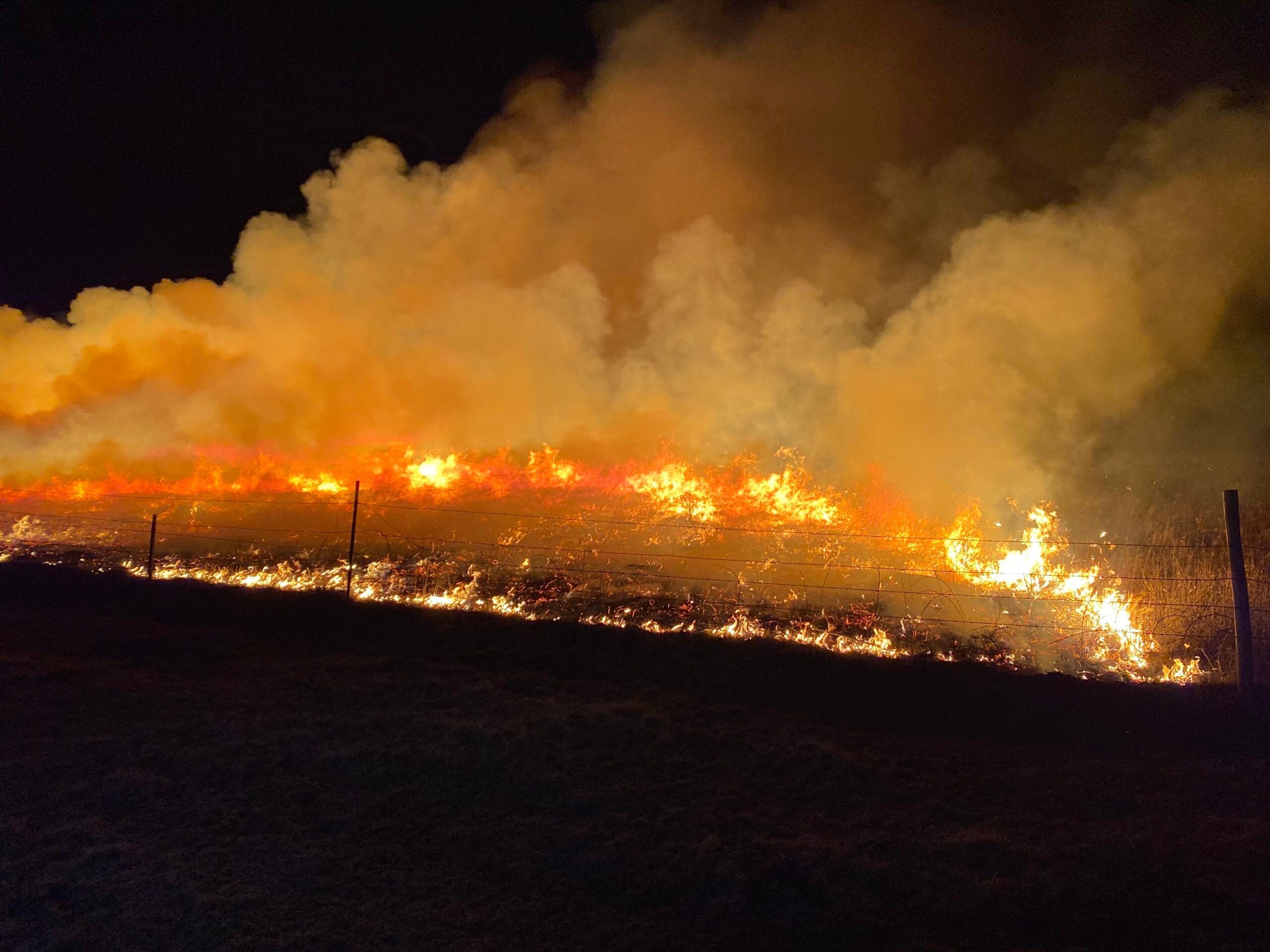
What the spring means for fires
Schmidt said the Green Lake County wildfire is one of 1,500 to 2,000 wildfires that Wisconsin will face during the spring fire season. He said it’s the DNR’s mission to keep 95 percent of those fires smaller than 5 acres in size.
“Most of the time, the public doesn’t even know they exist,” he said.
As the spring season progresses, Schmidt said the wooded areas in Wisconsin will start to burn more actively than the grasslands, like in the White River Marsh area.
With this in mind, Schmidt recommends not burning anything in the spring. But, if need be, he said to review DNR fire danger restrictions daily this time of year.
“They’re there for a purpose,” he said. “It’s to help ensure that people’s homes and the resources of Wisconsin don’t get burned down.”



